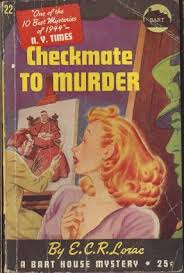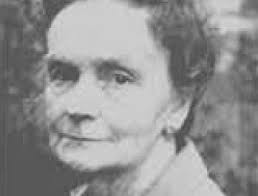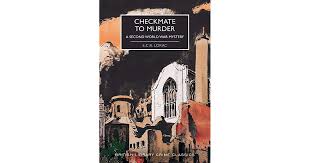Checkmate to Murder (1948) by Edith Lorac
GoodReads meta-data is 224 pages rated 4.09 by 152 litizens.
Genre: krimi.
Verdict: mannered.

On a dismal foggy night five artistic types gather in an open-plan artist’s studio, while two play a serious game of chess at one end and two others are painter and subject at work on a portrait at the other end with the fifth – a woman – who prepares a meagre dinner for them in a blackout during the Blitz in 1940. The painter is temperamental but his sister – the cook – abides him, while the portrait subject is supercilious, and the two chess players are upright civil servants. Quite how these five came together is one mystery that goes unsolved. Yes, I know an explanation of sorts is offered but did it compute, I ask?
While the five are at it in the ramshackle studio cum residence for the siblings, in the landlord’s hovel next door the old miser is shot dead!
A bumptious Special happens on the scene (or does he) and lands on the first person he sees, Miser’s nephew, as the guilty party, and makes a ruckus with the Studio Five, though suspicion will fall on this special, readers know he is too stupid to have done anything that required forethought. The nephew is young, clean-cut, and in uniform so he is innocent in this cosmos.
A literal-minded Scot from Scotland Yard begins inquiries and a nice police procedural follows as witnesses can be found even in a blackout. Former tenants of the studio prove a rum lot. The special may be dumb but…., as above. Round and round we go.
Until deux ex machina arrives and a simple but unbelievable solution is proffered. SPOILER. The subject and painter conspired on the assumption that the chess players in full view would be so engrossed in the game that they would not notice if Subject left the room and went next door to do the deed, while squirrelling the loot away in a chimney (if I have understood the painfully detailed and nearly incomprehensible details), meanwhile the painter would continue to daub paint. I never did fathom the so-called ‘lay figure’ that was crucial to the plot: I’m like that sometimes.

The characterisations are distinct and credible while plod puzzles it all together. The pace is glacial. The author had dozens of these krimis and more besides. Her characters are certainly of greater interest than some I have encountered lately, naming no names, but they know who they are those thin (wo)men.

